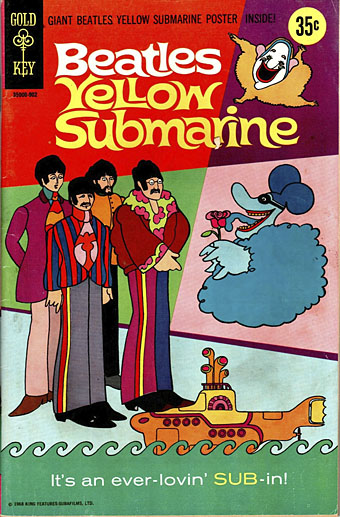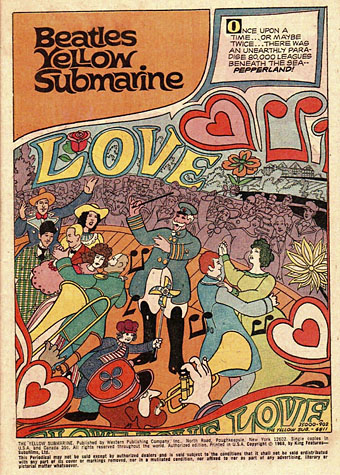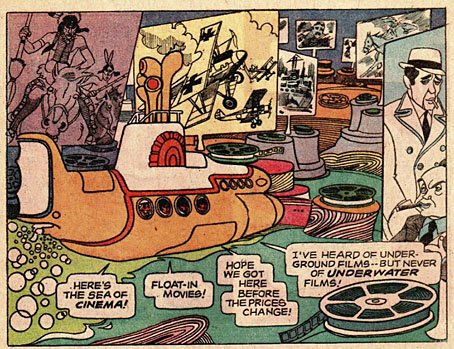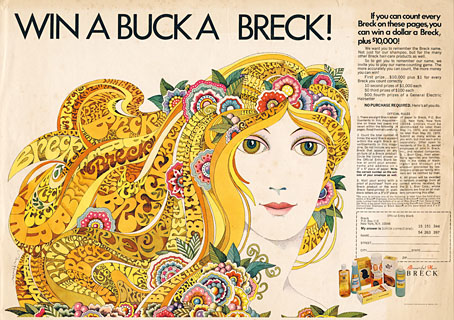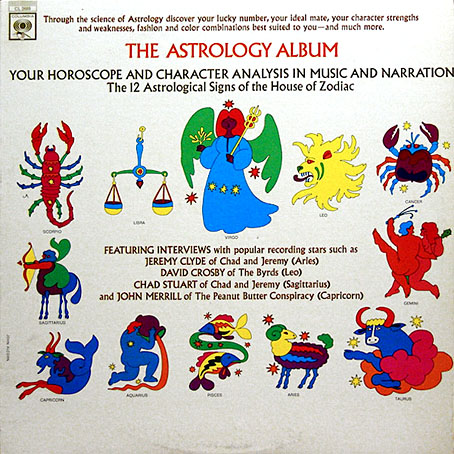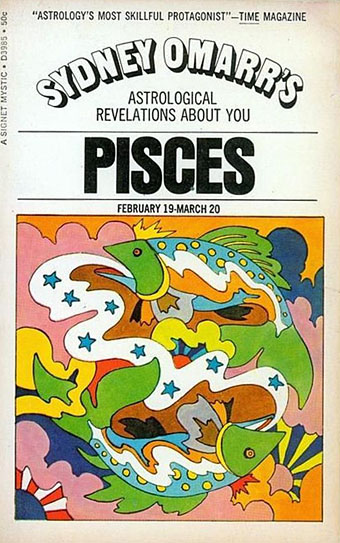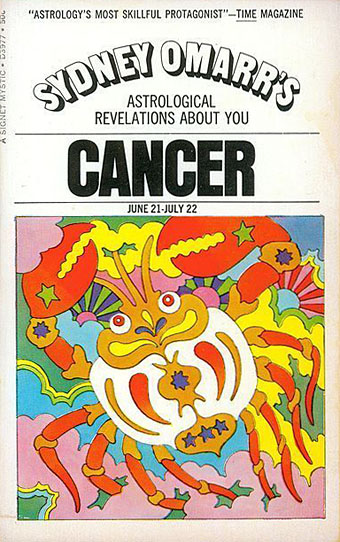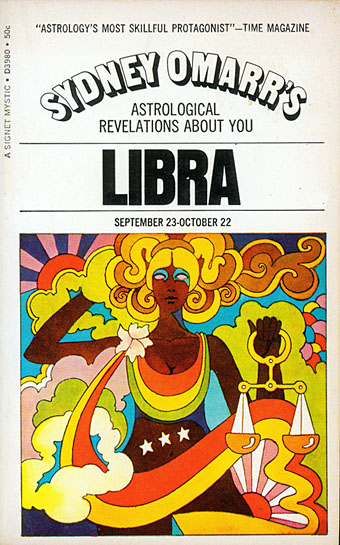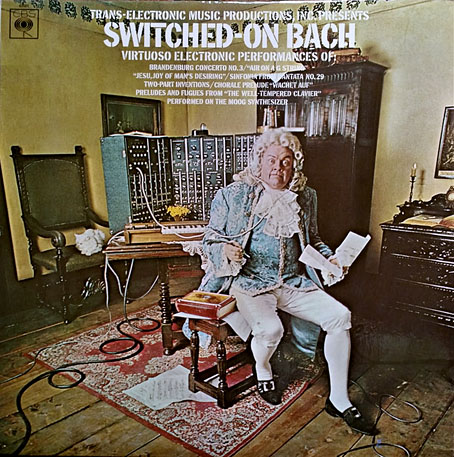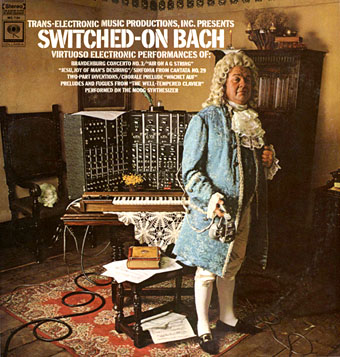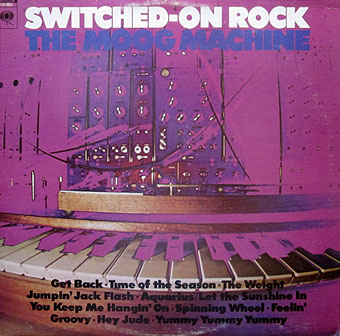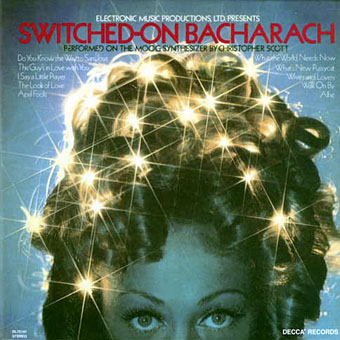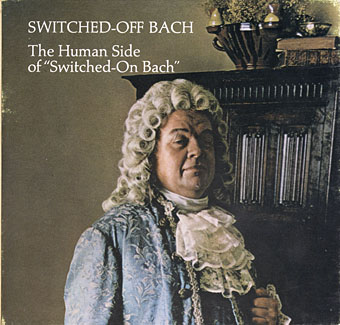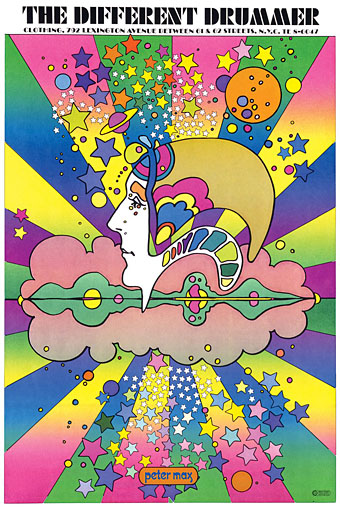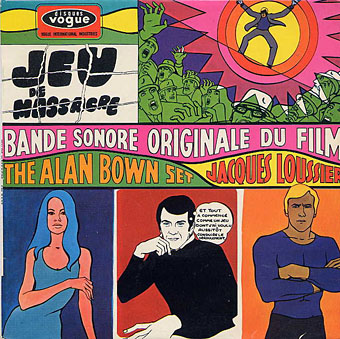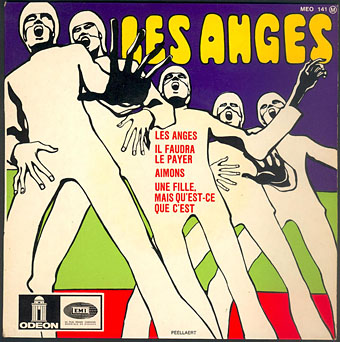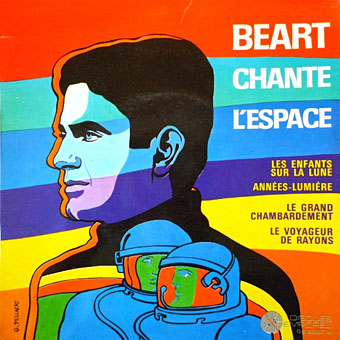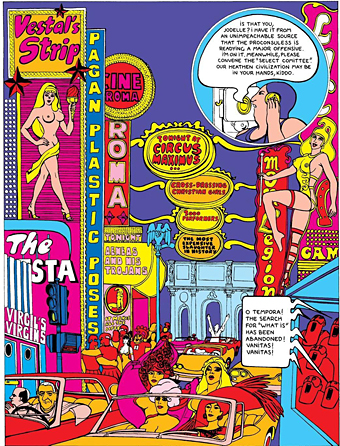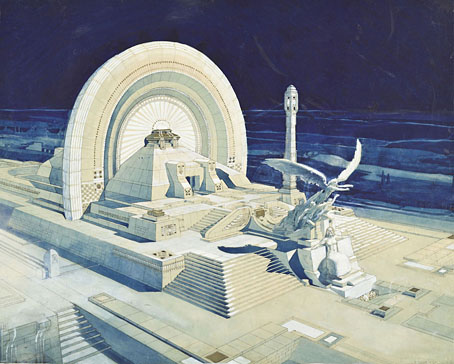Another candidate for the small list of comics drawn in the groovy style (or a diluted version of the same), the first comic-book adaptation of Yellow Submarine was a single 64-page issue published by Gold Key in February 1969. Low-quality copies have been circulating for years on fan sites but there’s now a copy available here with the pages scanned at a higher resolution. Whatever the quality, the cheap paper doesn’t help the artwork, but for a cash-in this isn’t a bad adaptation. The background details don’t always keep up with Heinz Edelmann’s invention but artist José Delbo maintains the character style of the animation throughout, while the script by Paul S. Newman pads out the missing song sequences with additional japes and bad puns. I’ve seen claims that the story is based on an early draft of the film script but can’t say whether this is true or not. There are a few notable deviations from the film, however, such as additional seas—The Sea of Consumer Products, The Sea of Cinema—and an extra character, Rita the Meter Maid, who looks nothing like a British traffic warden of the 1960s.
The last time I mentioned this comic I also referred to a more recent adaptation by Bill Morrison which had been commissioned, partly drawn then inexplicably cancelled. Morrison’s pages were superior to the Gold Key adaptation in their design and their fidelity to the animation style of the film so it’s good to see that the various licence-holders have allowed him to complete his work. The book was published by Titan for Yellow Submarine‘s 50th anniversary in 2018.
Previously on { feuilleton }
• The groovy look
• The South Bank Show: The Making of Sgt Pepper
• The Sea of Monsters
• Tomorrow Never Knows
• Yellow Submarine comic books
• A splendid time is guaranteed for all
• Heinz Edelmann
• Please Mr. Postman
• All you need is…

